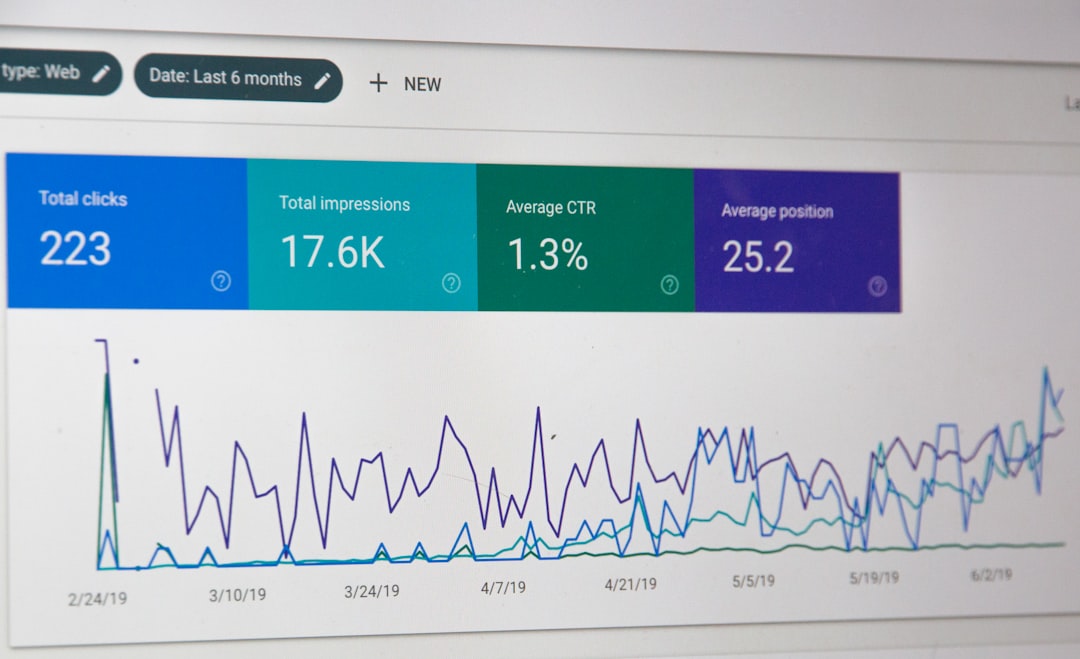What is it about?
'That's so gay' has been a common phrase in young people's everyday talk. Traditionally deemed to be homophobic, recent research with young straight men documented their rejection of this notion, saying it was not intended in this manner. This research explores how young gay men understand the phrase. Of 35 participants who gave in-depth interviews, several used the term themselves and all but 7 said it was not inherently homophobic. Rather than debating intent or effect, this article argues that such language must be understood through an intent-context-effect matrix, in the context of the implicit understandings of the group using it.
Featured Image
Why is it important?
This article offers a sociological understanding of language that moves beyond static interpretations of text to locating it within the dynamics and context of people's everyday usage. Recognizing the importance of social change, it argues that a politics of language can be more complex and heterogeneous than some poststructural theorizing allows for.
Perspectives
I value this article because it foregrounds the views of young gay men. To say that most of these guys do not think 'that's so gay' is problematic is not to say there are no problems, but to paint a more nuanced picture of young people's use of language and how it intersects with issues of sexuality. It also challenges research and reports that use 'that's so gay' as evidence of homophobia -- these young people reject that framing.
Professor Mark McCormack
University of Roehampton
Read the Original
This page is a summary of: Gay guys using gay language: friendship, shared values and the intent-context-effect matrix, British Journal of Sociology, July 2016, Wiley,
DOI: 10.1111/1468-4446.12203.
You can read the full text:
Contributors
The following have contributed to this page










